Grow Mustard Greens at Home – and unlock a world of peppery, flavorful goodness right outside your door! Have you ever dreamt of snipping fresh, vibrant greens just moments before adding them to your salad or stir-fry? Well, dream no more! This DIY guide will show you how incredibly easy it is to cultivate these nutritional powerhouses in your own backyard, balcony, or even windowsill.
Mustard greens have a rich history, dating back thousands of years and playing a significant role in various cuisines around the globe. From traditional Southern cooking in the United States to Asian stir-fries and European salads, these leafy vegetables have been cherished for their unique taste and health benefits. For centuries, people have relied on the simple act of growing their own food, connecting them to the earth and providing fresh, sustainable sustenance.
In today’s fast-paced world, knowing how to grow mustard greens at home offers a welcome escape and a practical solution. Imagine bypassing the grocery store lines and enjoying the satisfaction of harvesting your own organic, pesticide-free greens. Not only will you save money, but you’ll also have access to a fresher, more flavorful ingredient that elevates your meals. Plus, gardening is a fantastic stress reliever! So, let’s dive in and discover the secrets to successfully growing these delicious and versatile greens. I’m excited to share my favorite tips and tricks with you!
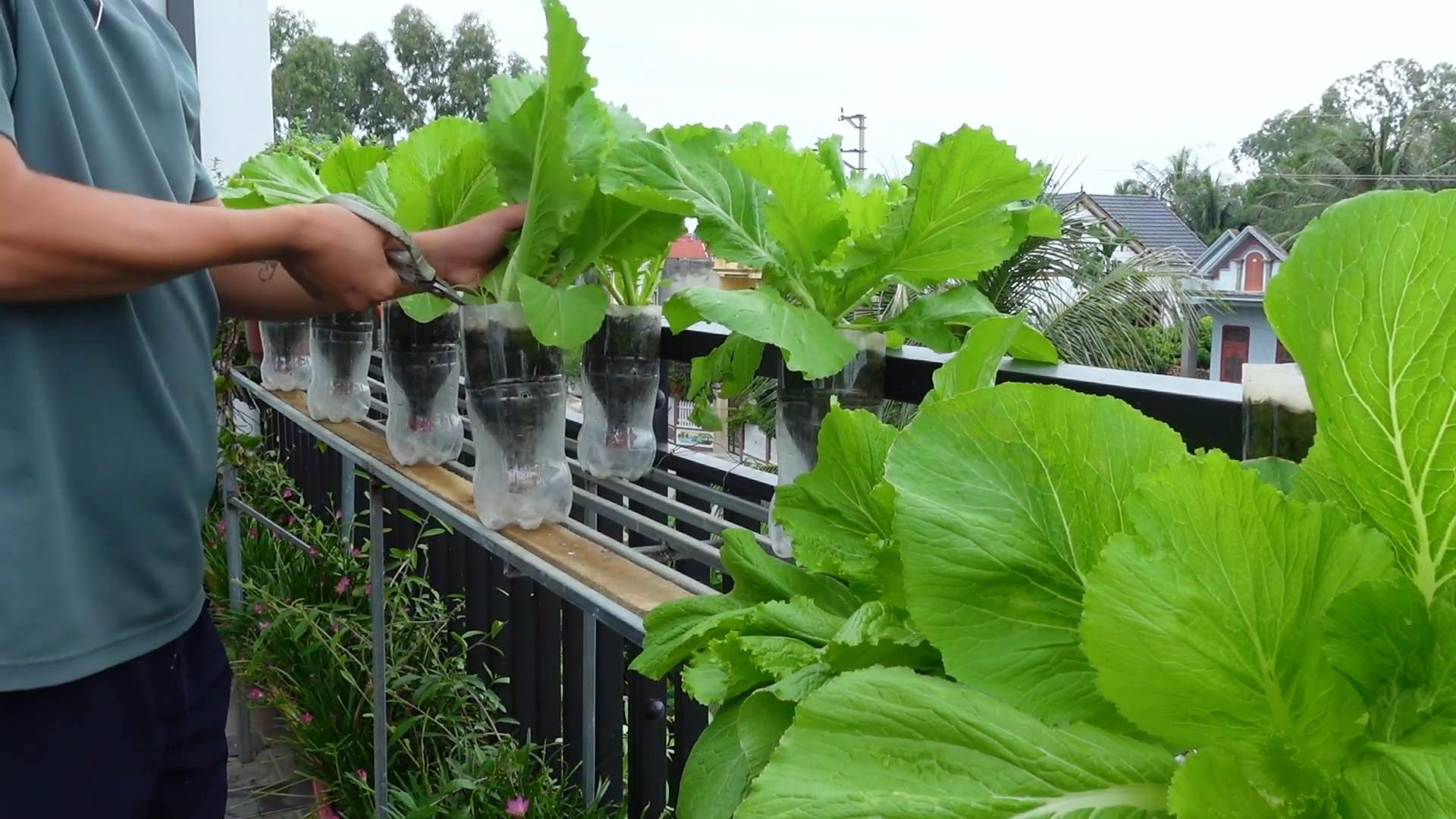
Grow Your Own Spicy Mustard Greens: A Beginner’s Guide
Hey there, fellow gardening enthusiasts! Ever wanted to add a peppery kick to your salads and stir-fries? Look no further than mustard greens! They’re super easy to grow at home, even if you’re a complete newbie. I’m going to walk you through the whole process, from seed to plate, so you can enjoy fresh, homegrown mustard greens in no time.
What You’ll Need
Before we dive in, let’s gather our supplies. This is a pretty low-key project, so you probably have most of this stuff already.
* Mustard Green Seeds: Choose your favorite variety! There are tons of options, from mild to super spicy. I personally love ‘Florida Broadleaf’ for its mild flavor and large leaves.
* Potting Soil: A good quality potting mix is essential for healthy growth. Avoid using garden soil, as it can be too heavy and compact.
* Containers: You can use pots, raised beds, or even repurposed containers like old buckets or plastic tubs. Just make sure they have drainage holes!
* Watering Can or Hose: For keeping your greens hydrated.
* Sunlight: Mustard greens need at least 4-6 hours of sunlight per day.
* Optional: Fertilizer: A balanced liquid fertilizer can give your greens a boost, but it’s not strictly necessary.
* Optional: Row Covers: These can protect your plants from pests and frost.
Getting Started: Planting Your Mustard Green Seeds
Okay, let’s get our hands dirty! This is the most exciting part, in my opinion.
1. Prepare Your Containers: Fill your chosen containers with potting soil, leaving about an inch of space at the top. Gently pat down the soil to create a firm surface.
2. Sow the Seeds: Mustard green seeds are tiny, so be careful not to plant them too densely. Sprinkle the seeds evenly over the surface of the soil. A good rule of thumb is to space them about 1/2 inch apart.
3. Cover the Seeds: Lightly cover the seeds with a thin layer of potting soil, about 1/4 inch deep.
4. Water Gently: Use a watering can or hose with a gentle spray nozzle to water the soil thoroughly. Be careful not to wash away the seeds. The soil should be moist but not soggy.
5. Find a Sunny Spot: Place your containers in a location that receives at least 4-6 hours of sunlight per day. A south-facing window or a sunny balcony is ideal.
Caring for Your Mustard Greens: The Growing Phase
Now that your seeds are planted, it’s time to nurture them and watch them grow! This is where patience comes in handy.
1. Water Regularly: Keep the soil consistently moist, but not waterlogged. Water when the top inch of soil feels dry to the touch. The frequency of watering will depend on the weather and the type of container you’re using.
2. Thin Seedlings (If Necessary): Once your seedlings emerge (usually within 5-7 days), you may need to thin them out if they’re too crowded. This will give them enough space to grow and prevent them from competing for resources. Simply snip off the weaker seedlings at the base, leaving about 2-3 inches between plants.
3. Fertilize (Optional): If you want to give your mustard greens a boost, you can fertilize them every 2-3 weeks with a balanced liquid fertilizer. Follow the instructions on the fertilizer label. I usually dilute the fertilizer to half strength to avoid burning the plants.
4. Monitor for Pests: Keep an eye out for common garden pests like aphids, flea beetles, and cabbage worms. If you spot any pests, you can try spraying them with insecticidal soap or neem oil. Row covers can also help to prevent pest infestations.
5. Weed Regularly: Remove any weeds that pop up in your containers. Weeds can compete with your mustard greens for nutrients and water.
Protecting Your Crop: Dealing with Potential Problems
Even with the best care, you might encounter a few challenges along the way. Here’s how to handle some common issues:
* Pests: As mentioned earlier, aphids, flea beetles, and cabbage worms are common pests of mustard greens. Regularly inspect your plants and take action as soon as you spot any signs of infestation. Insecticidal soap, neem oil, and row covers are all effective control methods.
* Diseases: Mustard greens are generally resistant to diseases, but they can sometimes be affected by fungal problems like downy mildew. To prevent diseases, ensure good air circulation around your plants and avoid overwatering. If you notice any signs of disease, remove the affected leaves and treat the plants with a fungicide.
* Bolting: Bolting is when the plants start to flower and produce seeds. This can happen when the weather gets too hot or the plants are stressed. Bolting can make the leaves taste bitter. To prevent bolting, try to keep your plants cool and well-watered. You can also choose bolt-resistant varieties.
* Yellowing Leaves: Yellowing leaves can be a sign of nutrient deficiency, overwatering, or underwatering. Check the soil moisture and adjust your watering schedule accordingly. If the soil is dry, water more frequently. If the soil is soggy, water less frequently. You can also try fertilizing your plants with a balanced fertilizer.
Harvesting Your Mustard Greens: Time to Enjoy the Fruits (or Greens!) of Your Labor
The moment you’ve been waiting for! Mustard greens are typically ready to harvest about 4-6 weeks after planting.
1. When to Harvest: You can harvest mustard greens at any stage of growth, depending on your preference. For baby greens, harvest when the leaves are about 3-4 inches long. For mature greens, harvest when the leaves are about 6-8 inches long.
2. How to Harvest: Use a sharp knife or scissors to cut the leaves off at the base of the plant. You can harvest the entire plant at once, or you can harvest individual leaves as needed. If you harvest individual leaves, the plant will continue to produce new leaves.
3. Washing and Storing: Wash your harvested mustard greens thoroughly under cold water to remove any dirt or debris. Pat them dry with a clean towel or spin them in a salad spinner. Store the greens in a plastic bag in the refrigerator. They should last for about a week.
Using Your Mustard Greens: From Garden to Table
Now that you have a bounty of fresh mustard greens, it’s time to get creative in the kitchen!
* Salads: Mustard greens add a peppery kick to salads. Mix them with other greens, vegetables, and your favorite dressing.
* Stir-fries: Mustard greens are a great addition to stir-fries. They cook quickly and add a delicious flavor.
* Soups and Stews: Add mustard greens to soups and stews for extra flavor and nutrients.
* Sautéed: Sauté mustard greens with garlic, olive oil, and a pinch of salt for a simple and delicious side dish.
* Smoothies: Believe it or not, you can even add mustard greens to smoothies! They’ll add a boost of nutrients and a slightly spicy flavor.
Choosing the Right Variety: Finding Your Perfect Mustard Green
There are many different varieties of mustard greens to choose from, each with its own unique flavor and characteristics. Here are a few popular options:
* Florida Broadleaf: This is a classic variety with large, mild-flavored leaves. It’s a good choice for beginners.
* Southern Giant Curled: This variety has large, frilly leaves with a slightly spicy flavor.
* Red Giant: This variety has beautiful red leaves with a strong, peppery flavor.
* Osaka Purple: This variety has purple leaves with a mild, slightly sweet flavor.
* Mizuna: This variety has feathery leaves with a mild, peppery flavor. It’s often used in salads.
Experiment with different varieties to find your favorite!
Extending Your Harvest: Succession Planting
To enjoy a continuous harvest of mustard greens throughout the growing season, try succession planting. This involves planting new seeds every 2-3 weeks. This way, you’ll always have a fresh supply of greens ready to harvest.
Troubleshooting Common Issues: A Quick Guide
Here’s a quick rundown of common problems and how to fix them:
* Slow Growth: Make sure your plants are getting enough sunlight and water. Fertilize them if necessary.
* Leggy Seedlings: This means your seedlings aren’t getting enough light. Move them to a sunnier location or use a grow light.
* Bitter Taste: This can be caused by bolting or stress. Try to keep your plants cool and well-watered.
* Holes in Leaves: This is usually caused by pests. Inspect your plants
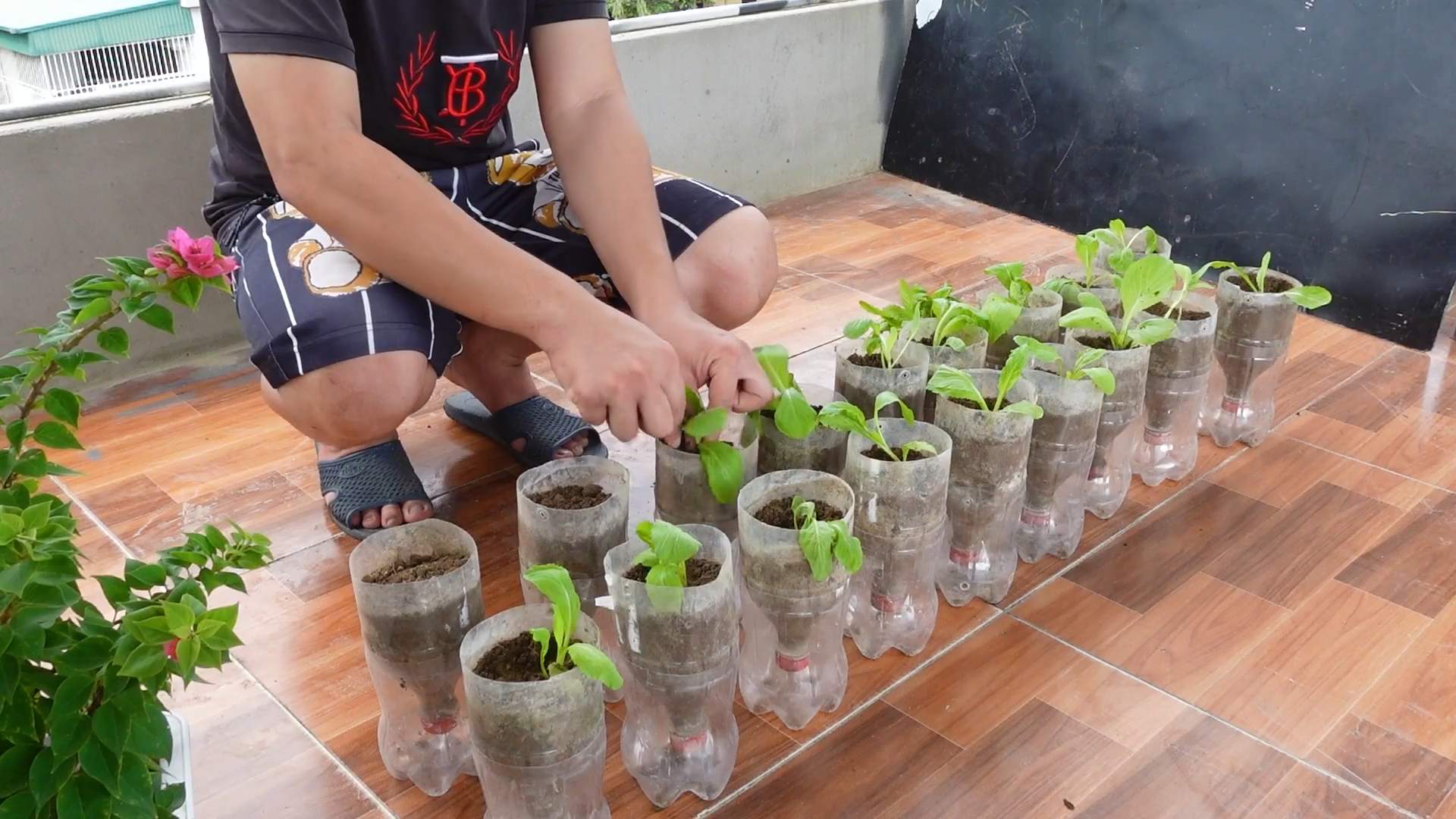
Conclusion
So, there you have it! Growing mustard greens at home is not just a fun project; it’s a gateway to fresher, more flavorful meals and a deeper connection with your food. We’ve walked you through the simple steps, from selecting the right seeds to harvesting your vibrant, peppery greens. But why is this DIY trick a must-try?
First and foremost, the taste. Store-bought mustard greens simply can’t compare to the robust, fresh flavor you get from your own garden. Imagine adding a handful of these homegrown greens to your salads, stir-fries, or even as a spicy addition to your favorite sandwiches. The difference is truly remarkable.
Secondly, it’s incredibly cost-effective. A single packet of mustard green seeds can yield multiple harvests, saving you money on grocery bills and reducing your reliance on commercially grown produce. Plus, you’ll know exactly where your food is coming from and what (or rather, what isn’t) going into it. No pesticides, no hidden chemicals – just pure, unadulterated goodness.
Thirdly, growing mustard greens at home is surprisingly easy, even for beginners. They’re relatively low-maintenance and can thrive in a variety of conditions, making them an ideal choice for urban gardeners or those with limited space. Whether you have a sprawling backyard or just a sunny windowsill, you can successfully cultivate these nutritious greens.
But the benefits don’t stop there. Gardening is a fantastic stress reliever, providing a therapeutic outlet and a sense of accomplishment. Watching your mustard greens sprout and flourish is a rewarding experience that can boost your mood and connect you with nature.
Looking for variations? Consider experimenting with different varieties of mustard greens. Some are milder, while others pack a serious punch. You can also try growing them in containers of different sizes or even using hydroponic systems for a more controlled environment. Don’t be afraid to get creative and tailor the process to your specific needs and preferences.
Another exciting variation is to succession plant your mustard greens. By sowing seeds every few weeks, you can ensure a continuous supply of fresh greens throughout the growing season. This is particularly useful if you enjoy using mustard greens frequently in your cooking.
Furthermore, think about companion planting. Mustard greens are known to deter certain pests, making them a valuable addition to any vegetable garden. Plant them alongside other crops like tomatoes or peppers to help protect them from unwanted visitors.
Ultimately, the best way to discover the joys of growing mustard greens at home is to simply give it a try. Don’t be intimidated by the process; it’s much easier than you might think. Start small, learn as you go, and most importantly, have fun!
We’re confident that once you experience the satisfaction of harvesting your own fresh, flavorful mustard greens, you’ll be hooked. So, grab a packet of seeds, get your hands dirty, and embark on this rewarding gardening adventure.
And don’t forget to share your experiences with us! We’d love to hear about your successes, challenges, and creative variations. Post photos of your homegrown mustard greens on social media using #HomegrownMustardGreens and tag us so we can celebrate your gardening triumphs together. Let’s build a community of passionate home gardeners and spread the word about the incredible benefits of growing your own food. Let us know what you think about this **mustard greens** growing guide.
Frequently Asked Questions (FAQ)
What are the best varieties of mustard greens to grow at home?
There are several excellent varieties of mustard greens suitable for home gardens. ‘Florida Broadleaf’ is a popular choice for its mild flavor and large, tender leaves. ‘Giant Red’ is known for its beautiful reddish-purple foliage and slightly spicier taste. ‘Southern Giant Curled’ offers a robust, peppery flavor and crinkled leaves. ‘Osaka Purple’ is another visually appealing option with deep purple leaves and a mild flavor. Ultimately, the best variety for you will depend on your personal taste preferences and growing conditions. Consider trying a few different varieties to see which ones you enjoy the most.
How much sunlight do mustard greens need?
Mustard greens thrive in full sun, requiring at least 6 hours of direct sunlight per day. However, they can also tolerate partial shade, especially in hotter climates. If you’re growing them indoors, place them near a sunny window or use grow lights to supplement natural light. Insufficient sunlight can result in leggy growth and reduced flavor.
What kind of soil is best for growing mustard greens?
Mustard greens prefer well-drained, fertile soil with a pH between 6.0 and 7.5. Amend your soil with compost or other organic matter to improve drainage and nutrient content. Avoid heavy clay soils, as they can become waterlogged and hinder root growth. A good quality potting mix is ideal for container gardening.
How often should I water my mustard greens?
Water your mustard greens regularly, keeping the soil consistently moist but not waterlogged. Water deeply whenever the top inch of soil feels dry to the touch. Avoid overhead watering, as it can promote fungal diseases. Drip irrigation or soaker hoses are excellent options for delivering water directly to the roots. During hot, dry weather, you may need to water more frequently.
When is the best time to harvest mustard greens?
Mustard greens can be harvested at any stage of growth, depending on your preference. For baby greens, harvest when the leaves are about 3-4 inches long. For mature greens, wait until the leaves are 6-8 inches long. Harvest by cutting the outer leaves, allowing the inner leaves to continue growing. This will provide you with a continuous supply of fresh greens.
How do I prevent pests and diseases from affecting my mustard greens?
To prevent pests and diseases, practice good garden hygiene. Remove any dead or decaying leaves, and keep the area around your plants clean. Companion planting with herbs like rosemary or thyme can help deter pests. If you notice any signs of pests or diseases, such as aphids or fungal spots, treat them promptly with organic pest control methods or fungicides. Crop rotation can also help prevent soilborne diseases.
Can I grow mustard greens in containers?
Yes, mustard greens are well-suited for container gardening. Choose a container that is at least 6 inches deep and wide to allow for adequate root growth. Use a good quality potting mix and ensure that the container has drainage holes. Place the container in a sunny location and water regularly.
How do I store harvested mustard greens?
To store harvested mustard greens, wash them thoroughly and pat them dry. Wrap them in a paper towel and store them in a plastic bag in the refrigerator. They should last for about 3-5 days. For longer storage, you can blanch and freeze them.
Are mustard greens nutritious?
Yes, mustard greens are incredibly nutritious. They are an excellent source of vitamins A, C, and K, as well as folate, calcium, and fiber. They also contain antioxidants and other beneficial compounds that can promote overall health.
What are some ways to use mustard greens in cooking?
Mustard greens can be used in a variety of dishes. They can be added to salads, stir-fries, soups, and stews. They can also be sautéed, steamed, or braised. Their peppery flavor pairs well with meats, poultry, and seafood. Consider adding them to your favorite pasta dishes or using them as a topping for pizzas or sandwiches.

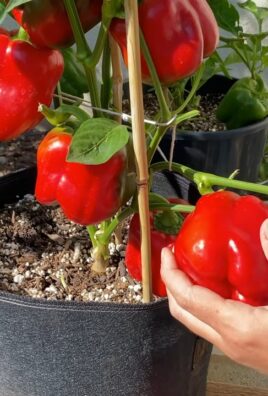
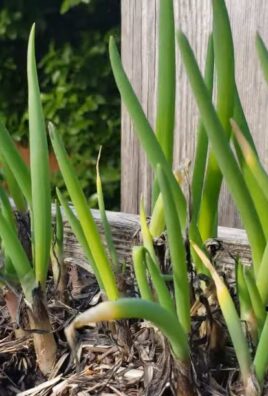
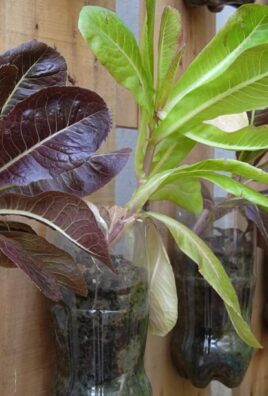
Leave a Comment